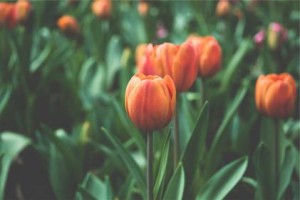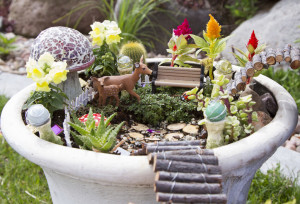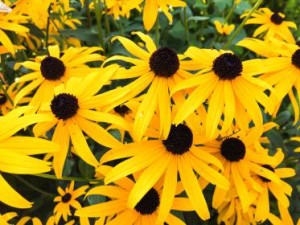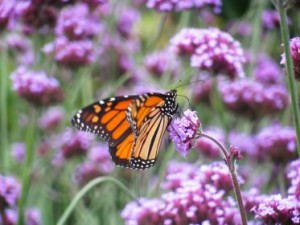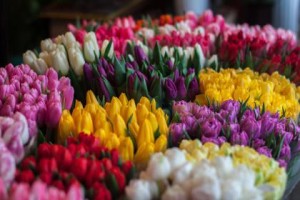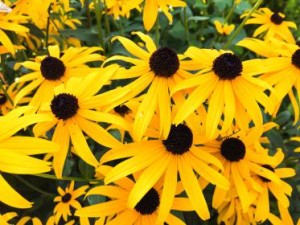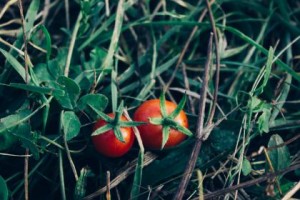Quality Garden Markers Make a Finishing Touch to Your Raised Bed Garden
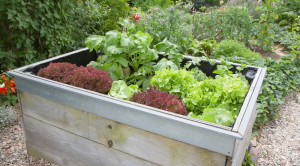 Do you love to garden but dread the evenings of an aching back due to hours spent bending over to pull weeds? Your gardening can be an entirely different experience if you decide to build some raised beds for planting. Choose a great design, the proper materials including solid garden markers, and then sit back and enjoy the summer.
Do you love to garden but dread the evenings of an aching back due to hours spent bending over to pull weeds? Your gardening can be an entirely different experience if you decide to build some raised beds for planting. Choose a great design, the proper materials including solid garden markers, and then sit back and enjoy the summer.
Design
Most raised garden beds utilize geometric shapes and span four feet across or under. Keeping your beds to this size means it will be a snap to reach and gather bounty, even from the very center no matter which side you work from. It’s nice to lay out an overall design for raised beds in your yard even if you’re only planning to build a few to start with this summer. Working from a plan guarantees that your beds will look organized and attractive. Variously sized and shaped beds look nice mixed together but be sure to leave enough space for a wheelbarrow to pass between all your beds. Using top-notch garden markers in each bed will also give it a finished and cohesive appearance.
Materials
You’ll want to build your raised bed with materials that will hold up well season after season. Stone or concrete blocks work well for this, but if you like the look of wooden beds just be sure to choose rot-resistant timber or wood-like composite materials. Trellises and tuteurs for vining plants (cucumbers, beans, peas) will add impact in one or two beds while keeping things tidy at the same time. If you choose the right ones, even your garden markers can deliver multiple years of service.
Benefits
With raised bed gardening you can relax and enjoy the summer because so many of the hassles of gardening are practically eliminated. If you lay mulch in the beds, you’ll spend very little time weeding and the soil will retain moisture better, too. If you spread mulch between your raised plant beds not only will you have created inviting footpaths, you’ll also have a lot less mud and muck being tracked back into your house – even after summer showers. And say hello to a summer without back strain since you won’t be reaching down nearly as far to take care of plants.
Raised planting beds look great and are great for gardeners. They help keep down weeds, they boast rich, loamy soil and they make collecting produce a breeze. Build with a solid design plan and with quality materials and you’ll reap the benefits year after year. The same is true for your garden markers. At Kincaid Plant Markers we’ve created garden markers that work great and look great in all kinds of weather and for many growing seasons. We invite you to check us out and order yours today.

